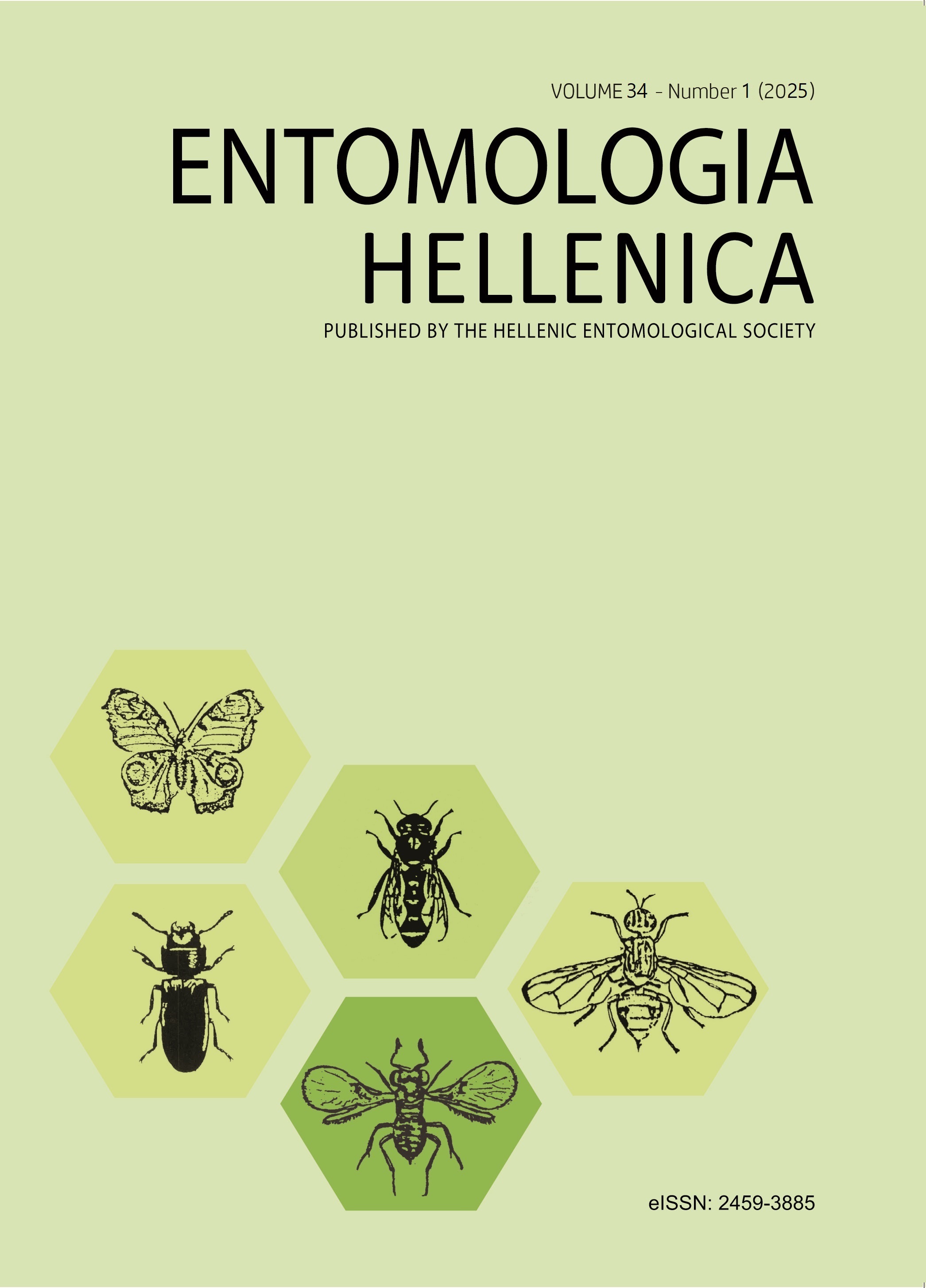Evaluation of insecticides against the cotton bollworm Helicoverpa armigera (Hubner) (Lepidoptera: Noctuidae) under field conditions in Middle Awash, Ethiopia

Abstract
The cotton bollworm complex presents a significant challenge to cotton farmers, resulting in substantial yield losses. While insecticides have been employed to manage this pest, ongoing research is crucial for developing new insecticides that mitigate the risk of resistance to current synthetic options. This study aimed to evaluate the effectiveness of selected insecticides against cotton bollworm through a field experiment conducted in the Middle Awash region. Utilizing a randomized complete block design, eight treatments were tested with four replications. Larval population, damage to fruiting bodies, yield, and yield component data were collected and analyzed. Results indicated that the application of various insecticides significantly (P < 0.05) influenced larval populations, fruiting body damage, and overall seed cotton yield. Notably, the combinations of profenofos 40% + alpha-cypermethrin 4% EC and profenofos + cypermethrin 44% EC resulted in yield increases of 88.5% and 76%, respectively, compared to the control group. These findings underscore the practical implications for cotton farmers in Ethiopia and similar regions facing pest challenges. The effective use of these insecticides could substantially reduce yield losses attributed to cotton bollworm infestations, thereby enhancing farmers' financial stability. However, further research should focus on the validation and demonstration of these insecticides under different agro-ecologies of the country.
Article Details
- How to Cite
-
Alemu, Z. (2025). Evaluation of insecticides against the cotton bollworm Helicoverpa armigera (Hubner) (Lepidoptera: Noctuidae) under field conditions in Middle Awash, Ethiopia. ENTOMOLOGIA HELLENICA, 34(1), 49–61. https://doi.org/10.12681/eh.38352
- Section
- Articles

This work is licensed under a Creative Commons Attribution-NonCommercial-ShareAlike 4.0 International License.
Authors who publish with this journal agree to the following terms:
Authors retain copyright and grant the journal right of first publication with the work simultaneously licensed under a Creative Commons 4.0 license.
Authors are able to enter into separate, additional contractual arrangements for the non-exclusive distribution of the journal's published version of the work (e.g. post it to an institutional repository or publish it in a book), with an acknowledgement of its initial publication in this journal. Authors are permitted and encouraged to post their work online (preferably in institutional repositories or on their website) prior to and during the submission process, as it can lead to productive exchanges, as well as earlier and greater citation of published work.


